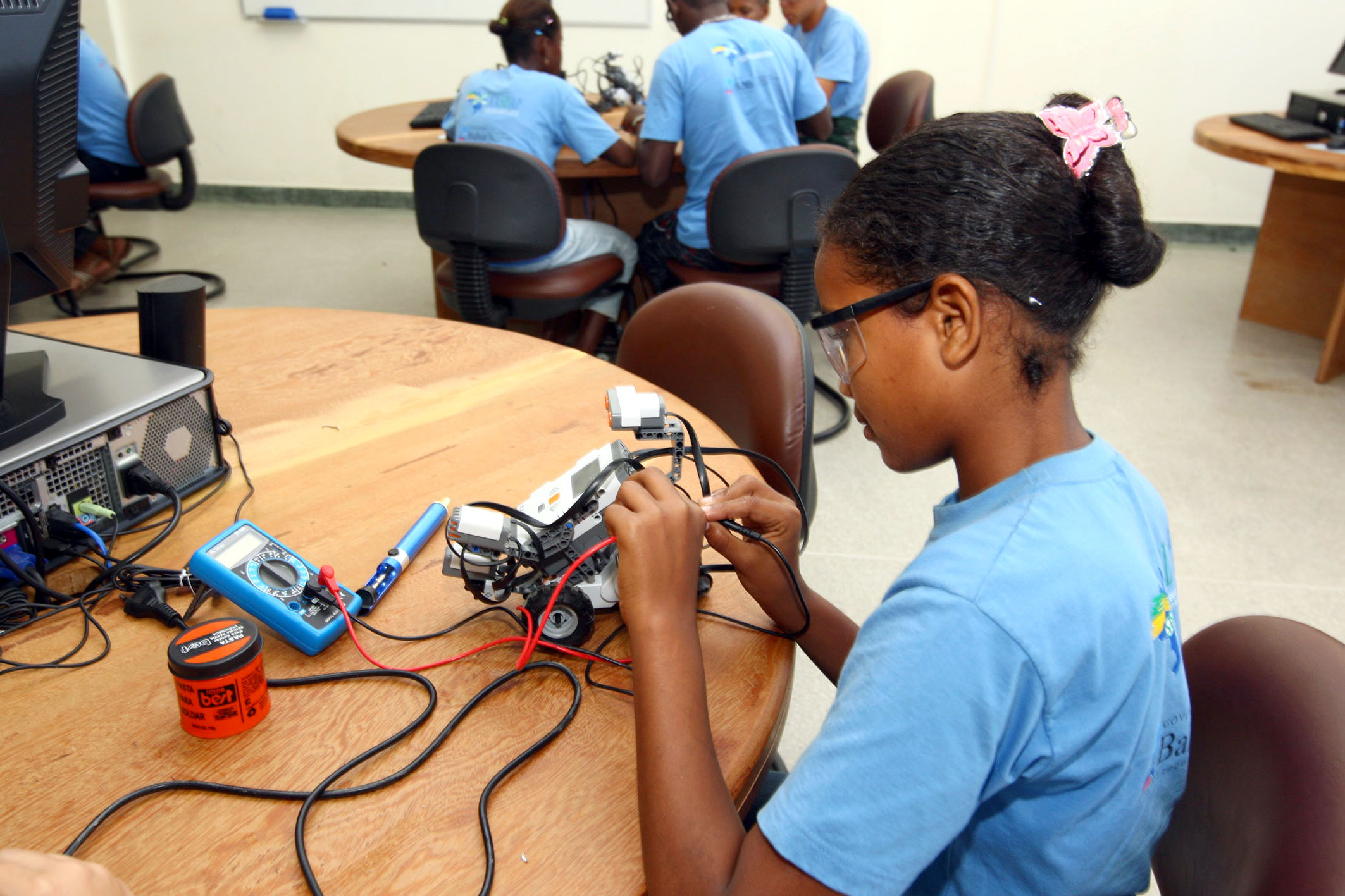Is Lake Oswego Really on Top?
The Lake Oswego School District is ranked 4th in terms of best public high schools in the state of Oregon. The district has incredible scores in terms of math and reading proficiency, and excels at college readiness. Yet, the school is barely up to par in the less measurable indexes. Other state high schools are offering a plethora of enriching and applicable professional-technical classes: programming, photography, webpage design, game design, 3D graphical rendering, robotics, auto shop, and so much more. Lake Oswego is falling behind in offering students a complete education.

When Measure 5 was passed the staff at the time had to focus on what the city wanted most; to focus on college preparation. The bulk of students at Lake Oswego (91%) will go on to acquire a college degree. With drastic cuts in budgeting and restraints on staff, any class unnecessary for college was axed. Valuable extracurricular classes were phased out in a program called “Natural Change”. The top priority for the school at the time was to keep as much of the staff as possible, so classes were naturally cut as teachers retired. This meant that many classes were haphazardly ‘downsized’ and oftentimes lead to teachers teaching outside of their preferred specialization.
In addition to this, the structure of our federal education system leaves the school on a short leash. CORE testing is a set of standardized tests that was born out of the No Child Left Behind Policies of 2001, and uses these tests to determine funding; based on the improvement in how many students pass the test. The district has to obsess over these scores in order to scrape for already scarce funding. This is problematic because when 95%-97% of students already pass the test, it leaves little room for improvement.
